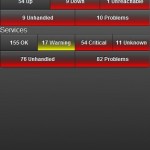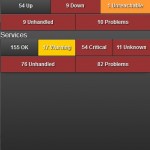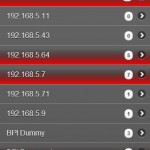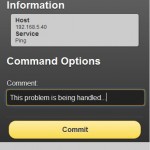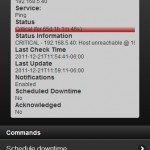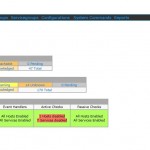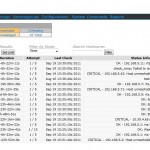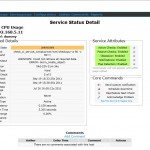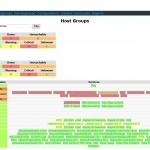Now available 2 new clients to send passive check results to Nagios Remote Data Processor (NRDP) server.
We have just released:
send_nrdp.sh Bash NRDP Client
send_nrdp.py Python NRDP Client
You no longer need to install PHP or Perl on your client machines to run passive checks with NRDP. Both of these implementations can accept result piped from STDIN and you can change the delimiters to whatever you like.
STDIN results should be in the following order, for HOST checks:
|
1 |
HOSTNAME STATE OUTPUT |
for SERVICE checks
|
1 |
HOSTNAME SERVICENAME STATE OUTPUT |
Additionally, the bash version can take an XML file of check results formatted like so:
|
1 2 3 4 5 6 7 8 9 10 11 12 13 14 |
<?xml version='1.0'?> <checkresults> <checkresult type="host" checktype="1"> <hostname>YOUR_HOSTNAME</hostname> <state>0</state> <output>OK|perfdata=1.00;5;10;0</output> </checkresult> <checkresult type="service" checktype="1"> <hostname>YOUR_HOSTNAME</hostname> <servicename>YOUR_SERVICENAME</servicename> <state>0</state> <output>OK|perfdata=1.00;5;10;0</output> </checkresult> </checkresults> |


